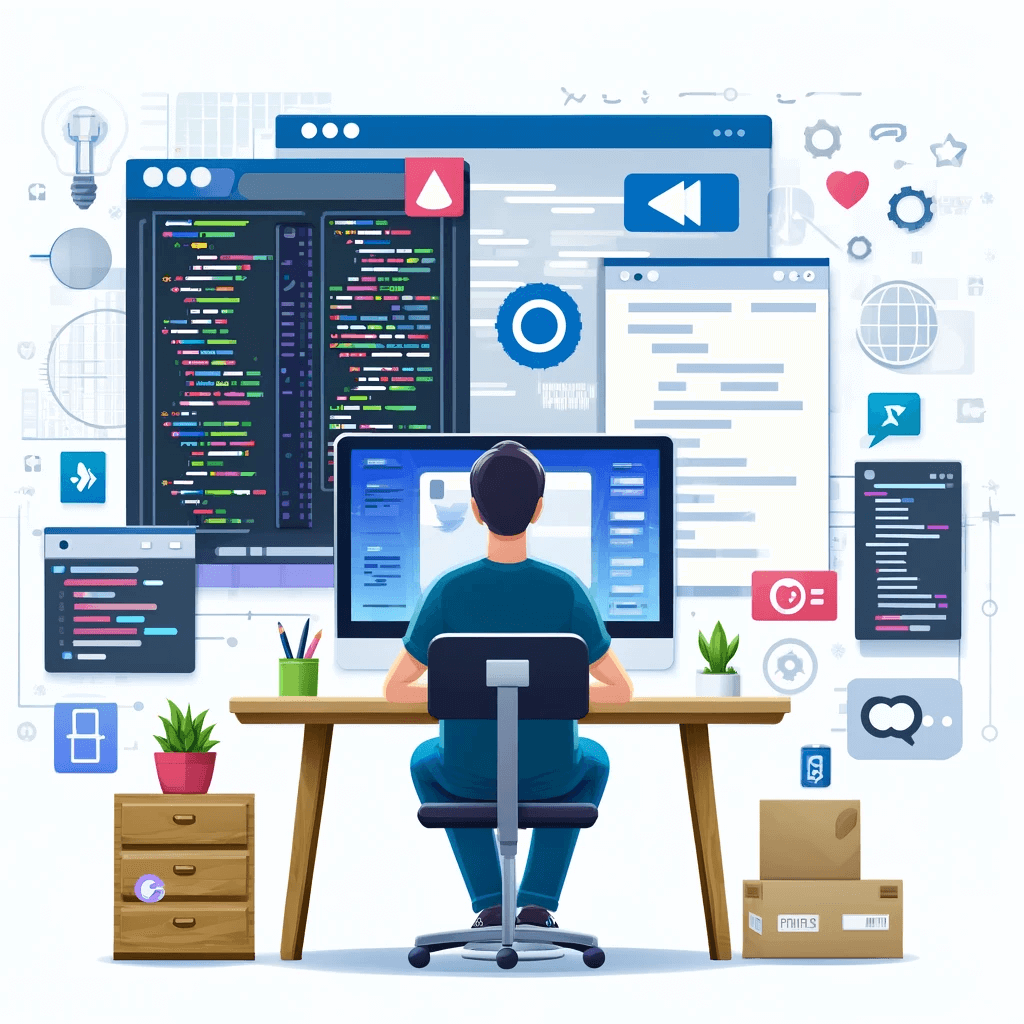The mobile app development industry is witnessing a paradigm shift with the advent of new frameworks and technologies designed to simplify and enhance the development process. One such framework that has been making waves is Flutter, an open-source UI toolkit created by Google. Flutter for Multiplatform Mobile Development by offering a unified solution for creating high-quality applications across various platforms.
What Makes Flutter Unique?
Flutter is a comprehensive software development kit (SDK) that enables developers to build natively compiled applications for mobile, web, and desktop from a single codebase. Unlike traditional frameworks that rely on web technologies, Flutter uses Dart, a programming language designed by Google for both client and server-side development. This unique combination allows Flutter to deliver a seamless and consistent user experience across different platforms.
Core Features of Flutter
One of the standout features of Flutter is its extensive use of widgets. Widgets are the fundamental building blocks of a Flutter application’s user interface. They are highly customizable and can be composed to create complex and interactive UIs. Flutter provides a rich set of pre-designed widgets that cater to a wide range of use cases, from basic UI components to advanced layouts and animations.
Another key feature is Flutter’s hot reload functionality. Hot reload allows developers to make changes to the code and see the results almost instantly without restarting the app. This feature significantly speeds up the development process, making it easier to experiment with new features and quickly iterate on feedback.
Benefits of Flutter
One of the primary benefits of using Flutter is the ability to write once and deploy anywhere. With a single codebase, developers can create applications that run on multiple platforms, including iOS, Android, web, and desktop. This approach not only reduces development time and costs but also simplifies maintenance and updates. Instead of managing separate codebases for different platforms, developers can focus on a single codebase, making it easier to implement new features and fix bugs.
Flutter also excels in performance. Unlike other cross-platform frameworks that rely on a bridge between the app and the platform, Flutter compiles directly into native code. This results in faster startup times and smoother animations, providing a near-native performance experience. Additionally, Flutter’s architecture minimizes the need for context switching between the framework and the platform, further enhancing performance.
Community and Ecosystem
Since its introduction, Flutter has seen rapid adoption and growth within the developer community. The ecosystem surrounding Flutter is robust, with a wide range of plugins and packages available to extend its capabilities. The Flutter team at Google actively maintains the framework and regularly releases updates to improve performance, add new features, and address issues.
The community support for Flutter is also impressive. Developers have access to a wealth of resources, including official documentation, tutorials, forums, and community-driven content. This vibrant community makes it easier for developers to get started with Flutter and find solutions to common challenges.
Real-World Applications
Flutter has been adopted by a diverse range of companies and industries for their mobile app development needs. For instance, the popular e-commerce platform Alibaba uses Flutter to power parts of its mobile app, ensuring a consistent user experience across different devices. Another example is the Google Ads app, which leverages Flutter to provide a seamless and high-performance user interface for managing ad campaigns.
These real-world use cases demonstrate Flutter’s versatility and reliability in delivering high-quality applications across various domains. From e-commerce and finance to entertainment and social media, Flutter has proven to be a capable framework for a wide range of applications.
Challenges and Considerations
While Flutter offers numerous benefits, it is important to consider some of the challenges associated with its use. One potential drawback is the initial app size. Flutter apps tend to be larger due to the inclusion of the Flutter engine and framework components. However, the Flutter team is actively working on optimizations to reduce the app size and improve performance.
Another consideration is the learning curve associated with Dart, the programming language used by Flutter. While Dart is designed to be easy to learn, developers who are more familiar with other languages may need some time to get accustomed to its syntax and features. However, many developers find that the transition to Dart is smooth, especially with the extensive documentation and resources available.
Conclusion
Flutter is changing the game in multiplatform mobile development by offering a range of features and benefits that streamline the development process and enhance the user experience. Its ability to create high-performance applications from a single codebase, combined with a growing ecosystem and strong community support, makes Flutter a compelling choice for developers and businesses alike. As the framework continues to evolve and improve, Flutter is poised to play a significant role in the future of mobile app development.









